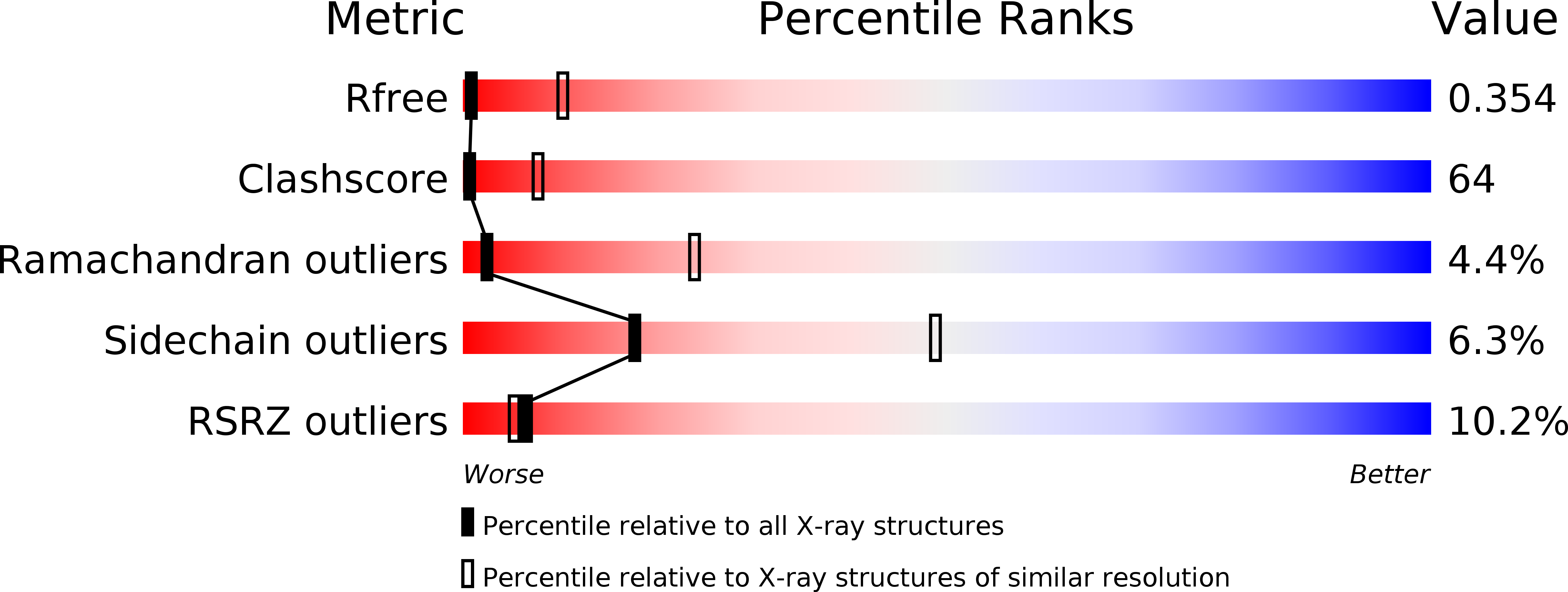
Deposition Date
2008-06-18
Release Date
2008-08-05
Last Version Date
2024-02-21
Entry Detail
PDB ID:
3DHW
Keywords:
Title:
Crystal structure of methionine importer MetNI
Biological Source:
Source Organism:
Escherichia coli (Taxon ID: 83333)
Host Organism:
Method Details:
Experimental Method:
Resolution:
3.70 Å
R-Value Free:
0.34
R-Value Work:
0.31
R-Value Observed:
0.31
Space Group:
P 21 21 21


